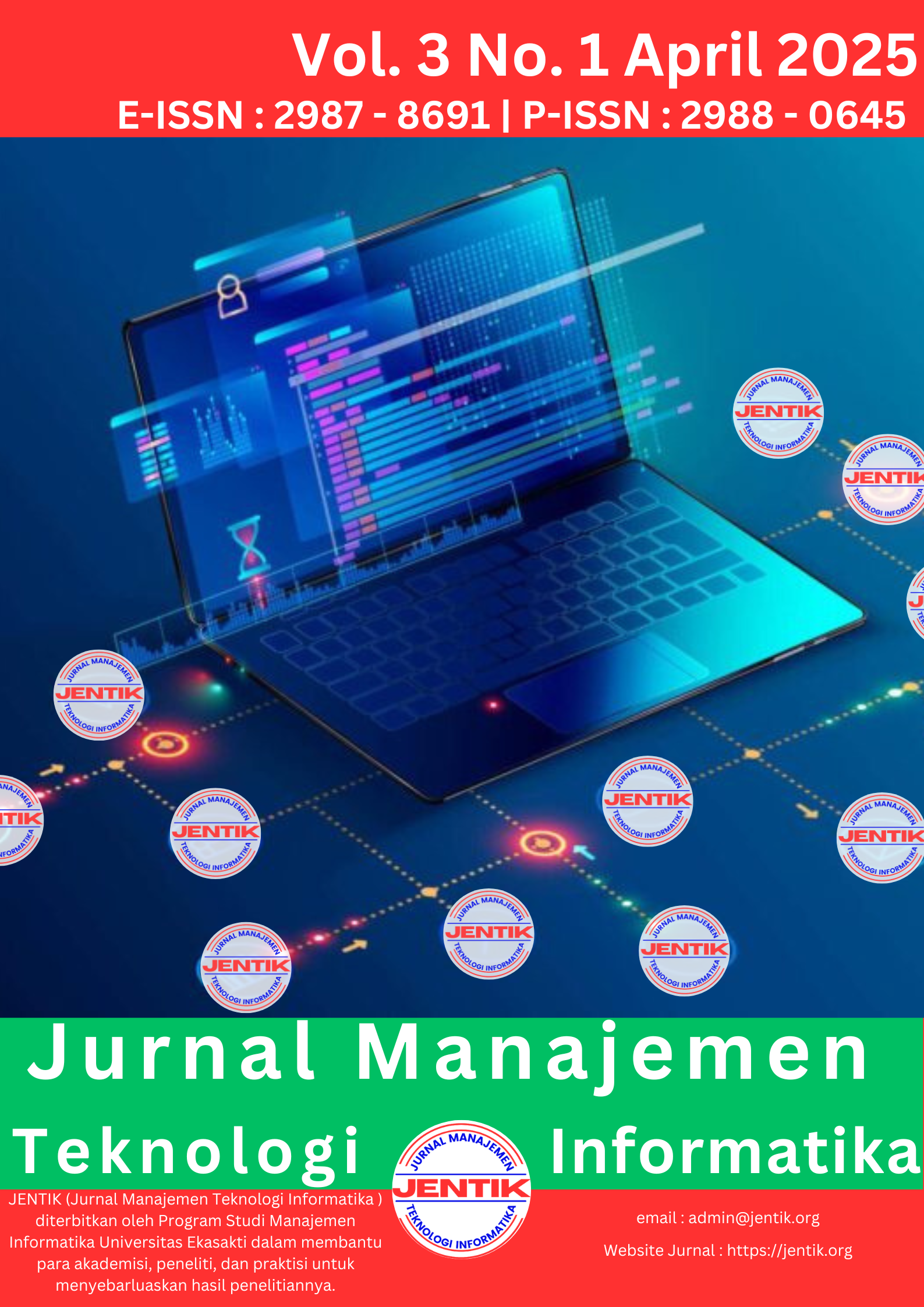Utilizing Vision Language Models (VLMs) for Efficient and Objective Student Assessment
DOI:
https://doi.org/10.70038/jentik.v3i1.148Keywords:
Vision Language Model, student assessment, artificial intelligence, Kurikulum Merdeka, educational technologyAbstract
This study explores the application of Vision Language Models (VLMs) in evaluating student work, focusing on their potential to enhance efficiency and objectivity in assessment processes. VLMs, integrating natural language processing and computer vision, offer a novel approach to analyzing student responses, particularly in assignments involving visual elements. This paper outlines the functionality of VLMs, discusses their advantages and limitations, and provides practical guidance on their implementation. It also includes examples of prompt engineering and showcases initial results from a pilot study conducted at SMP N 32 Padang, demonstrating the potential of VLMs in a real-world educational setting. This method allows teacher to asses written text by the students on assignments that are also presented in written or image format. The use of VLM is expected to further develop efficiency and precision in student assessment.
References
Kemdikbudristek, “Kurikulum Merdeka: Pedoman umum,” 2022.
W. J. Popham, Classroom assessment: What teachers need to know, 7th ed. Pearson, 2014.
S. M. Brookhart, How to give effective feedback to your students, 3rd ed. Association for Supervision and Curriculum Development, 2018.
D. Higgins, Y. Xiao, and K. Zechner, Eds., Handbook of Automated Essay Evaluation: Current Applications and New Directions. Routledge, 2016.
M. Chen, C. Leung, W. Xie, W. Ma, B. Li, and J. Zhang, “Deep learning for vision and language integration: A comprehensive review,” Artif. Intell. Rev., vol. 56, no. 4, pp. 2579–2625, 2023, doi: 10.1007/s10462-022-10231-3.
A. Radford et al., “Learning transferable visual models from natural language supervision,” arXiv Prepr. arXiv2103.00020, 2021.
V. Braun and V. Clarke, “Using thematic analysis in psychology,” Qual. Res. Psychol., vol. 3, no. 2, pp. 77–101, 2006, doi: 10.1191/1478088706qp063oa.
J. Lee, Y. Cho, and J. Kim, “The impact of AI on education: A perspective from the educational technology research,” Educ. Technol. Res. Dev., vol. 69, no. 3, pp. 575–602, 2021, doi: 10.1007/s11423-021-09984-2.
Mulawarman Munsyir, S.E., S.SI., M.Kom, Harry Setya Hadi, S.Kom, M.Kom, Tata Sumitra, S.Kom., M.Kom, Ita Arfyanti, S. Kom, M. M, and Arnes Yuli Vandika, “Algoritma dan Pemrograman: Pendekatan Komprehensif”, YPAD, vol. 1, no. 1, Jul. 2024.
Downloads
Published
How to Cite
Issue
Section
License
Copyright (c) 2025 Irfan Ananda Ismail; Silvi Handri, Vika Aumi, Exsa Rahmah Novianti

This work is licensed under a Creative Commons Attribution 4.0 International License.






